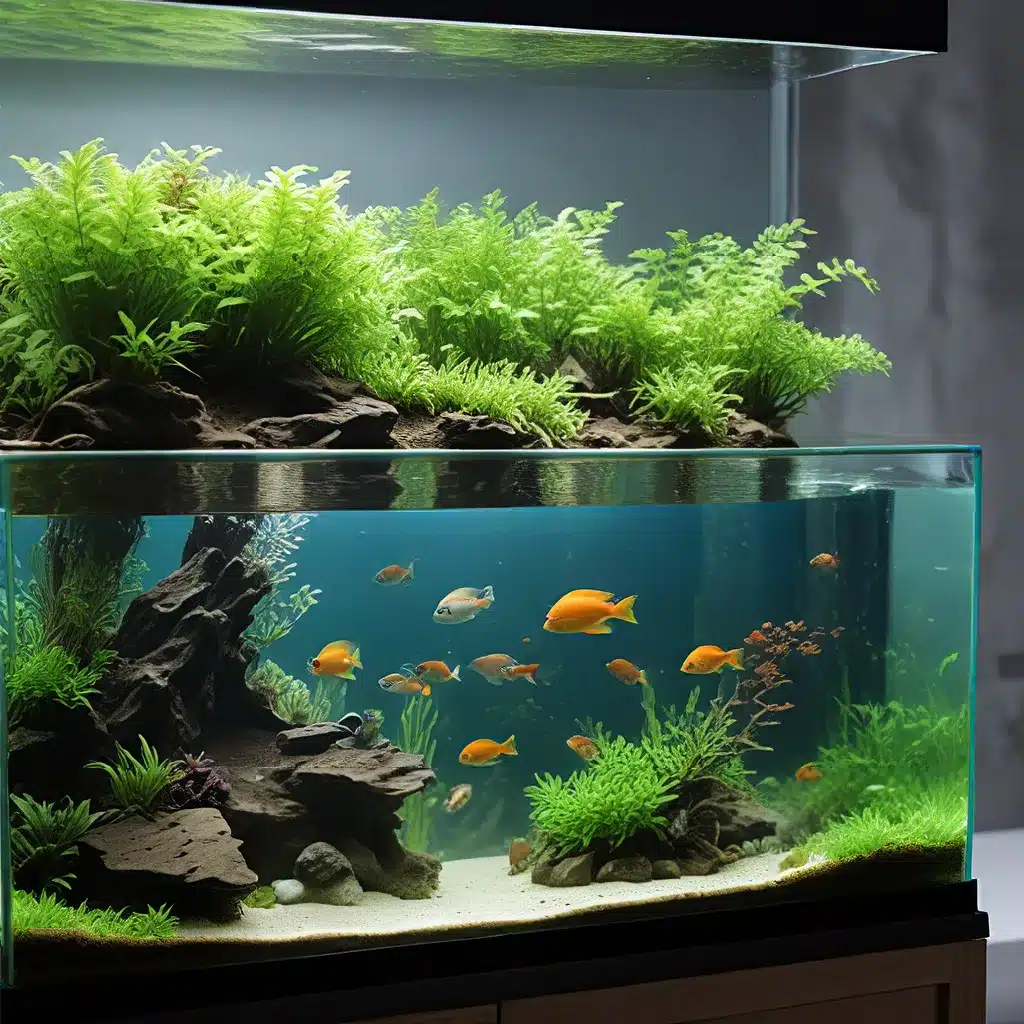
As passionate aquarists, we have a responsibility to maintain the health and balance of our aquatic ecosystems. Sustainable aquarium practices play a crucial role in minimizing our impact on the environment and ensuring the long-term viability of our hobby. In this comprehensive guide, we’ll explore practical strategies to reduce your aquarium’s carbon footprint, optimize energy efficiency, and adopt eco-friendly approaches to aquascaping and water management.
Rethinking Energy Consumption
One of the primary pillars of sustainable aquarium practices is optimizing energy usage. Aquarium equipment, from lighting and filtration to temperature control, can consume significant amounts of electricity. By adopting the latest energy-efficient technologies and making informed choices, you can dramatically reduce your aquarium’s carbon footprint.
The Texas State Aquarium, a leader in conservation and sustainability, has pioneered the use of energy-efficient solutions in its operations. By continuously implementing the latest energy-reduction and efficiency technologies, the aquarium not only lowers its environmental impact but also educates its visitors on how they can adopt similar eco-friendly practices in their own homes.
One such example is the strategic use of LED lighting. LED bulbs are renowned for their energy efficiency, long lifespan, and ability to provide high-quality illumination for aquarium plants and fish. By transitioning to LED lighting, you can significantly cut down on your aquarium’s energy consumption while maintaining the vibrant aesthetics your aquatic ecosystem deserves.
Optimizing Filtration and Water Management
Efficient water filtration and management are crucial aspects of sustainable aquarium practices. Proper filtration not only maintains water quality but also reduces the need for frequent water changes, which can be resource-intensive.
Consider investing in high-performance filtration systems that utilize cutting-edge technologies like bio-media, mechanical filtration, and advanced chemical filtration. These systems can effectively remove waste, debris, and dissolved pollutants, ensuring a healthier environment for your aquatic life.
The Monterey Bay Aquarium is a shining example of an institution that takes its responsibility to protect and conserve resources seriously. By adopting sustainable practices, such as installing solar panels and offering digital membership cards, the aquarium demonstrates its commitment to reducing its environmental impact.
Aquarists can emulate these practices by exploring water-saving techniques, such as implementing water recirculation systems or adopting partial water changes instead of full replacements. These strategies not only conserve precious water resources but also maintain the delicate balance of your aquarium’s ecosystem.
Embracing Eco-Friendly Aquascaping
Aquascaping, the art of designing and arranging aquarium decor, can also be approached with sustainability in mind. By making conscious choices in your aquascaping, you can create visually stunning underwater landscapes while minimizing your environmental footprint.
One key aspect of eco-friendly aquascaping is the selection of natural, sustainable materials. Opt for driftwood, rocks, and live plants that not only enhance the aesthetic appeal of your aquarium but also provide valuable habitat and oxygenation for your aquatic inhabitants.
Avoid using synthetic or non-biodegradable decorations, as these can introduce harmful chemicals and disrupt the natural balance of your aquarium. Instead, explore the use of recycled or repurposed materials, such as repurposed glass or ceramic, to create unique and sustainable aquascapes.
Minimizing Plastic Waste
Another significant aspect of sustainable aquarium practices is the reduction of single-use plastic waste. Aquarium enthusiasts often rely on a variety of plastic products, from food containers to water testing kits, which can contribute to the growing problem of plastic pollution.
The Texas State Aquarium has taken a bold stance on this issue, leading by example and eliminating nearly all single-use plastic from its on-site operations. As aquarists, we can follow this example by seeking out reusable, eco-friendly alternatives for our aquarium supplies and equipment.
This could include using glass or stainless steel containers for fish food, investing in refillable water testing kits, and exploring biodegradable or compostable filter media. By making conscious choices to reduce plastic waste, we can contribute to the preservation of our aquatic environments and the health of our planet.
Fostering a Culture of Sustainability
Sustainable aquarium practices not only benefit the environment but also contribute to the long-term viability of our hobby. By adopting these strategies, we can inspire and educate fellow aquarists, creating a ripple effect of positive change within the aquarium community.
Engage with your local aquarium club or online forums to share your experiences and inspire others to adopt sustainable aquarium practices. Participate in beach cleanups, volunteer at local aquariums, or organize educational workshops to promote the importance of environmental stewardship within the aquarium community.
Remember, every small step towards sustainability counts. By embracing eco-friendly aquarium practices, you can reduce your aquatic footprint, contribute to the conservation of our precious water resources, and ensure the longevity of our shared passion for aquarium keeping.

